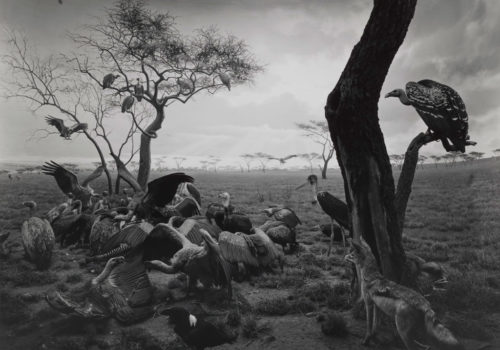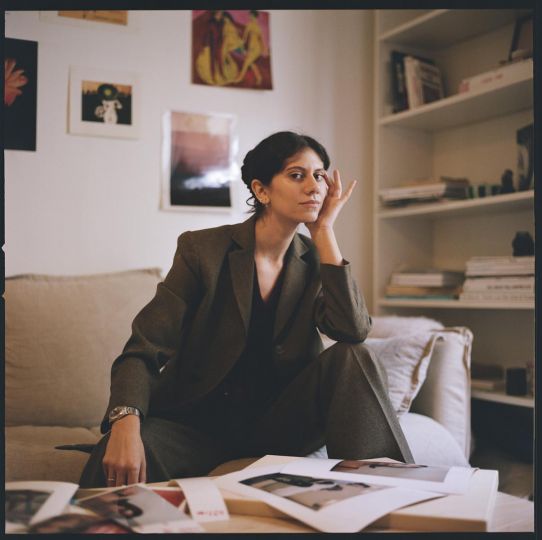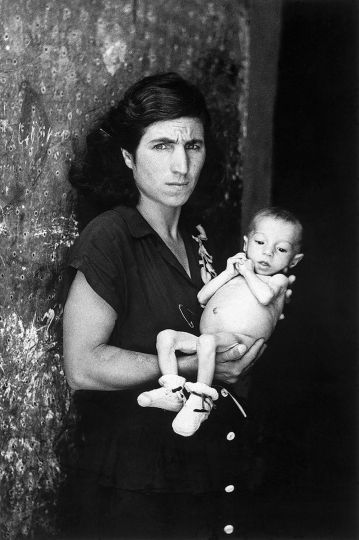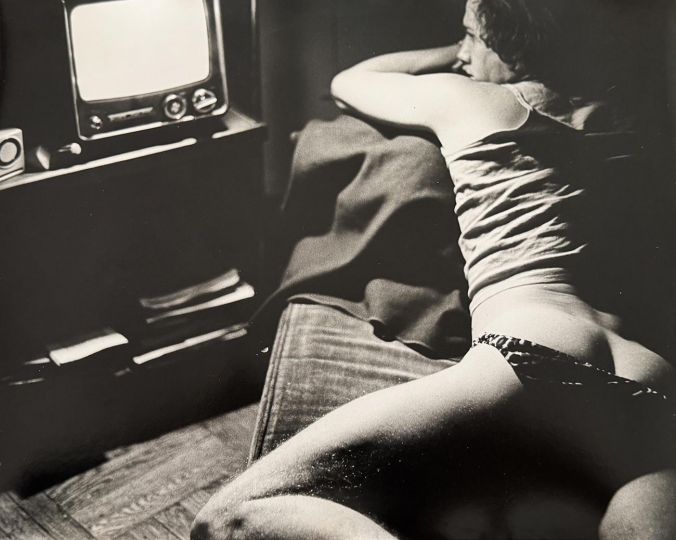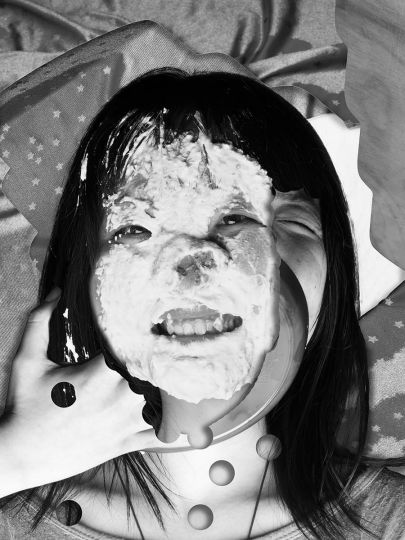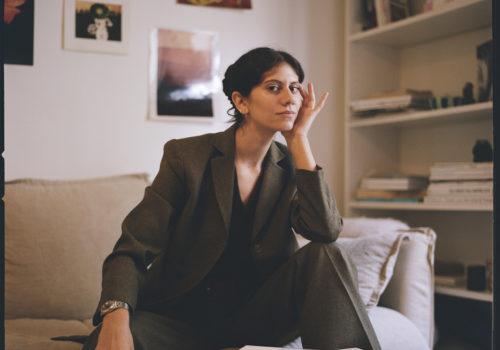The Multimedia Art Museum, Moscow presents ‘Past and Present in Three Parts’, an exhibition by Japanese artist, photographer and architect Hiroshi Sugimoto.
« My photographs exist in a space between objects that deceive and people who are deceived ». HS
Hiroshi Sugimoto was born in Tokyo in 1948. In 1970 Sugimoto graduated from St. Paul’s University, Tokyo, majoring in politics and sociology, and in 1974 he received his Bachelor of Fine Arts degree from the Art Center College of Design in Los Angeles and relocated to New York. Hiroshi Sugimoto lives and works in the USA and Japan.
Three of his photo series, Dioramas, Theatres and Seascapes, are showcased in the MAMM exhibition. The photographer’s work on these series began in the 1970s to 80s and continues to this day.
Hiroshi Sugimoto’s distinctive technical methods involve the use of a large-format camera (8×10) and, in the case of the Theatre series, long exposures that allow him to ‘condense’ any length of time to a single frame.
Hiroshi Sugimoto writes: ‘The Diorama series is my first body of work and the work that launched my career as an artist. It remains a work in progress to this day. Why are dioramas fascinating for me? I guess it is the way they present us with something simultaneously dead and alive, shining a light on the interstice between life and death.’
The artist has often stated that all his life he made a habit of never believing his eyes, since there was never any guarantee that what he saw was actually there. This sense of the insubstantiality of existence gnawed at him from childhood, but he has come to like it.
‘I’ve spent my life shuttling between dreams and reality , forging an accommodation of sorts between the two states,’ Sugimoto tells us. ‘Daydreams are the source of all my art. In transforming those dreams into works of art I battle with reality, with my camera serving as my boxing gloves in this struggle.’
In his analysis of the Dioramas series he writes: ‘My camera could stop time in the dioramas – where time had already been stopped once – for a second time. Might killing something that was already dead bring it back to life? I thought of myself as an Egyptian grave robber who had forced his way into a tomb. Some of those grave robbers ended up as mummies themselves instead of making off with the treasures sealed inside the tombs. When I am creating a Diorama photograph I am not a mere spectator; I am a part of the unreal world of the diorama.’
This existential quality innate in all of Hiroshi Sugimoto’s work is most vividly expressed in the Dioramas series.
Sugimoto began the Theatres series immediately after settling in New York in the mid-1970s. The artist would enter a cinema, open the camera shutter as the first credits appeared and continue exposing the frame for the next 2 to 3 hours, the entire duration of the movie, thereby reducing all the pictures in the film to one still. On developing the film the photographer found that a magical white light appears instead of images, surrounded by the movie house interior.
Hiroshi Sugimoto has found a way to show the existential space included each time in the ‘box’ that provides the interior of each cinema.
The idea of creating Seascapes first occurred to him in 1980. This project was suggested by his childhood memories – by views of the sea from a train window on the route out of Tokyo. In a quest for ‘true’ seascapes Sugimoto has travelled all over the world, to all the seacoasts: France, England, Japan, the Atlantic and Pacific Oceans, etc.
There is only air and water in the frame. This is how people saw these landscapes thousands of years ago, so the photographs are also a journey in time travel, the chance to reconstruct a prototype of our world.
One of the first images in the series, the Caribbean Sea in Jamaica, was created in 1980. During work on this shot the concept of the series as a whole evolved: the line of the horizon equally divides the photograph in half, people and manmade artefacts must not be present in the picture. Sugimoto creates timeless landscapes, restoring the viewers’ opportunity to contemplate our planet in all its majesty, prior to civilisation.
EXHIBITION
Hiroshi Sugimoto, Past and Present in Three Parts
From 2 March to 8 May, 2016
the Multimedia Art Museum, Moscow
Ostozhenka, 16
Moscow
Russia
[email protected]
http://www.mdf.ru

